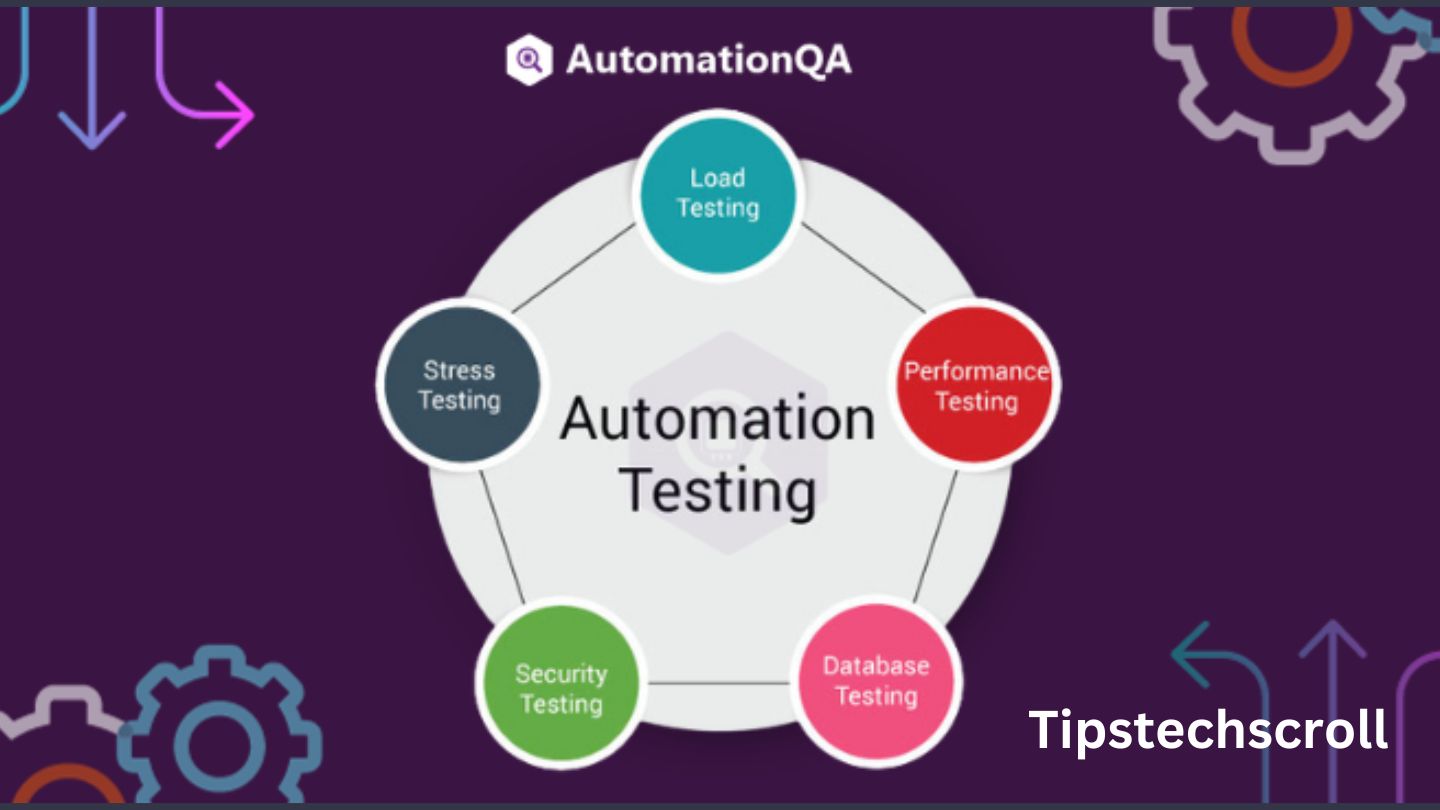What is QA Automation? Benefits and Challenges is super important in making software better. Nowadays, we need software that works well because technology keeps changing fast. This means we need high-quality software more than ever before. That’s why Automation is so important. In this article, we will explore what it means and why it’s so important in making software awesome.
What is QA Automation?
automation, also known as software test automation, refers to the use of specialized tools and technologies to automate repetitive tasks and manual testing processes in software development.
The primary purpose of QA automation is to streamline the testing process, increase efficiency, and enhance the overall quality of software products. By automating repetitive tasks, QA engineers can focus on more complex aspects of testing, leading to faster release cycles and improved product reliability.
Advantages of QA Automation
Time-saving
One of the significant advantages of automation is its ability to save time. Automated tests can be executed much faster than manual tests, allowing QA teams to test multiple scenarios and configurations in a fraction of the time it would take manually.
Accuracy
Manual testing is prone to human error, but QA ensures consistent and accurate test results. Automated tests follow predefined scripts and conditions, eliminating the risk of human oversight and ensuring reliable test outcomes.
Consistency
With automation, tests can be repeated consistently, ensuring that the same set of tests is executed every time. This consistency is crucial for identifying and fixing bugs early in the development process and maintaining product stability across different environments.
Tools and Technologies in QA Automation
QA automation relies on a variety of tools and technologies to streamline the testing process. Some popular tools include:
- Selenium: A widely used open-source tool for automating web applications.
- Appium: An open-source tool for automating mobile applications across different platforms.
- TestComplete: A comprehensive automated testing platform for web, mobile, and desktop applications.
How Does QA Automation Work?
QA automation involves creating test scripts that simulate user interactions with the software under test. These scripts are then executed automatically using specialized tools, and the results are analyzed to identify any defects or inconsistencies.
Challenges in QA Automation
Despite its many benefits, QA automation also poses several challenges, including:
Initial setup
Setting up automated testing environments and writing test scripts can be time-consuming and complex, especially for large and complex software projects.
Maintenance
Maintaining automated test suites requires ongoing effort to update test scripts, address changes in the software, and ensure compatibility with new features and updates.
Skill requirement
QA automation requires specialized skills and expertise in programming languages and testing tools, which may not be readily available within every QA team.

Best Practices for QA Automation
Source: Nexsoftsys
To maximize the effectiveness of QA automation, consider the following best practices:
Planning and strategy
Develop a clear testing strategy and plan to ensure comprehensive test coverage and efficient use of resources.
Regular updates
Keep automated test scripts up to date with changes in the software and incorporate new test scenarios as needed.
Collaboration
Encourage collaboration between QA engineers, developers, and other stakeholders to ensure alignment on testing goals and priorities.
The Future of QA Automation
As technology continues to evolve, so too will QA automation. The future of QA automation lies in advancements in artificial intelligence, machine learning, and automation tools that enable even more efficient and effective testing processes.
FAQs
Q: Is QA automation suitable for all types of software projects?
QA automation is beneficial for most software projects, but its suitability depends on factors such as project size, complexity, and budget.
Q: What programming languages are commonly used in QA automation?
Popular programming languages for QA automation include Java, Python, JavaScript, and C#.
Q: Can QA automation completely replace manual testing?
While QA automation can automate many aspects of testing, manual testing still plays a crucial role in areas such as usability testing and exploratory testing.
Q: How often should automated tests be run?
Automated tests should ideally be run as part of the continuous integration and deployment (CI/CD) pipeline, ensuring that tests are executed regularly and consistently throughout the development process.
Q: What are some common pitfalls to avoid in QA automation?
Common pitfalls in QA automation include overly complex test scripts, inadequate test coverage, and neglecting to update test suites with changes in the software.
Conclusion
QA automation plays a vital role in modern software development by streamlining the testing process, improving efficiency, and enhancing the overall quality of software products. By leveraging the right tools, technologies, and best practices, organizations can realize the full potential of QA automation and deliver high-quality software products to market faster than ever before.

Greetings! I’m jordan, the proud Owner of Tipstechscroll. With 7 years of experience in SEO, I’m passionate about aiding businesses in their online growth journey. My expertise lies in crafting content that resonates with search engines while ensuring visibility to the intended audience. By staying abreast of the ever-evolving SEO landscape, I alleviate the burden for my clients, ensuring their online presence remains optimized. My goal is to impart my knowledge and empower others to thrive in the digital realm.

